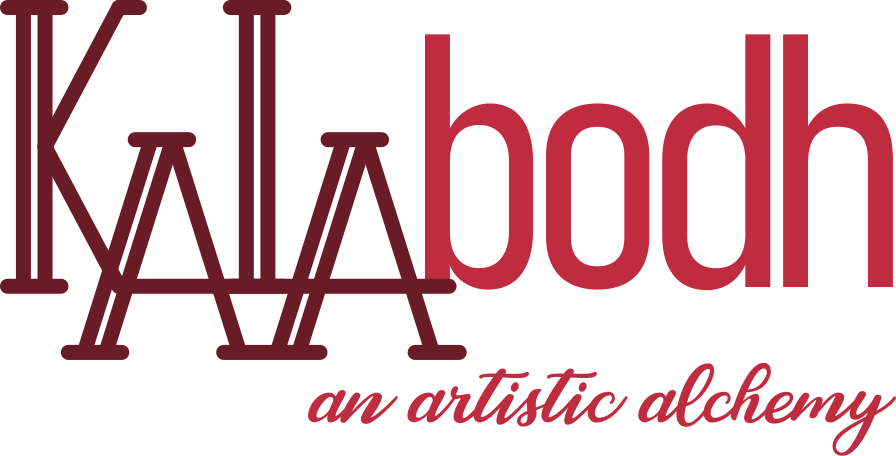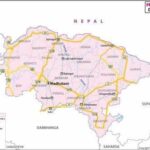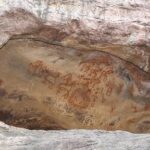TRIPURANTAKA: SHIVA’S FORM OF COSMIC DESTRUCTION AT THE NATIONAL MUSEUM
In the Chapter 33 of the Karṇaparvan of the Mahabharata., the three sons of Tārakāsura, after performing penances, received boons from Brahma that allowed them to live in three forts made of gold, silver, and iron. These forts could move and unite into one after a thousand years, which could only be destroyed by a single arrow. Despite Indra’s attack with his vajra, the asuras were unstoppable. The gods sought Brahma’s advice, who revealed that only Shiva could destroy the forts with a special arrow. Shiva agreed, but only after the gods gave him half of their powers. Shiva then became Mahadeva, the greatest of gods. Vishnu, Agni, Yama, Brahma, and other gods contributed to Shiva’s weapons, with Shiva using a three-barbed arrow of Soma, Agni, and Vishnu to destroy the forts and the asuras.
Here are an excerpt from Mahabharat of tripurantaka
तेषां पितामहः प्रीतो वरदः प्रददौ बरम् ।। ७ ।। अवध्यत्वं च ते राजन् सर्वभूतस्य सर्वदा । सहिता वरयामासुः सर्वलोकपितामहम् ।। ८ ।।
महाभारत कर्ण पर्व ३३/७–८
Pleased with them, the grandsire (Brahma) granted the boon, saying, “Immortality shall be yours, O kings, forever, With all beings, they besought Brahma, the grandsire of all the worlds.”
ICONOGRAPHY
The Tripurantakamurti is described in the amsumadbedhāgama with eight forms of Shiva, each representing different aspects of his power, with slight variations.
The Tripurantakamurti depicts Shiva in various forms, each symbolizing different aspects of his power and cosmic role. In the first form, Shiva’s right leg is forward, left leg bent, with one right hand in the simhakarņa pose, grasping the bowstring. The arrow’s thickness matches his little finger, and his left hand holds the bow, raised horizontally. In the second form, his left foot rests on apasmara-purusha, while in the third, his left leg is vertical and right leg bent. The fourth form likely has an error, with the left foot on apasmara, resembling the second form. The fifth form shows Shiva holding an arrow in his right hand and a drum in his left, without apasmara. In the sixth form, Shiva has eight arms, each with different weapons, while the seventh has ten arms bearing various attributes. The eighth form shows Shiva driving a chariot, with Brahma as the charioteer and Vishnu steadying it, symbolizing Shiva’s cosmic dominance. These forms reflect Shiva’s diverse manifestations and cosmic significance.
PLATE 1 – Tripurantaka, Early Western, Chalukya, 8th cent. A.D., Aihole, Stone.

Tripurantaka, Early Western, Chalukya, 8th cent. A.D., Aihole, Stone. Photo Taken By: Raveena
The depiction of Tripurantaka Murti presents a striking scene of Shiva’s triumph over evil, capturing the essence of divine power and cosmic balance. Standing on the right corner of a chariot, symbolizing Brahma, Shiva embodies strength and grace in the tribhanga pose. Adorned with a jatamukuta, Shiva gazes towards the left side with intense determination. With four arms, Shiva’s upper right arm is broken, while the lower right arm rests calmly on his thigh. His upper left arm holds a crescent-shaped bow, ready to unleash destruction upon the forces of darkness. The lower left arm, though broken, wields a trident, a symbol of divine power and protection. Trident also known as a barbed arrow, is composed of Soma, Agni, and Vishnu, embodying the combined strength of cosmic elements. Shiva’s left hand is depicted breaking the three castles, representing
his decisive action against evil forces. Adorned with intricate details, including a necklace, yagnopavita, udhar bandha, and stylized lower garment, Shiva’s divine presence radiates from the sculpture, captivating viewers with its beauty and symbolism. Below the knee level, the sculpture captures the intensity of the moment as Shiva prepares to vanquish the demon Tripurasura. The chariot, driven by Brahma, features three faces on the profile side, emphasizing the divine assistance and cosmic harmony present in this sacred scene. Two horses in motion, with a stalk of lotus emerging from them, add to the dynamic energy of the depiction.
BIBLIOGRAPHY
- Mahabharata. Vol. 4. Translated by Veda Vyasa. Gorakhpur: Gita Press, 1962.
- Elements of Hindu iconography : Gopinatha Rao, T. A., 1872-1919 : Free Download, Borrow, and Streaming.” n.d. Internet Archive. Accessed March 16, 2024. https://archive.org/details/ElementsOfHinduIconographyVolIIPart1/page/n11/mode/2up.
About the Author:
Author: RAVEENA
I am Graduated with a degree in B.A Programme from the Maitreyi College, Delhi University. I completed a Post-Graduation in the History of Art from the National Museum Institute, New Delhi. In 2024, I completed a six-month internship in the Archaeological Department of the National Museum, New Delhi.




